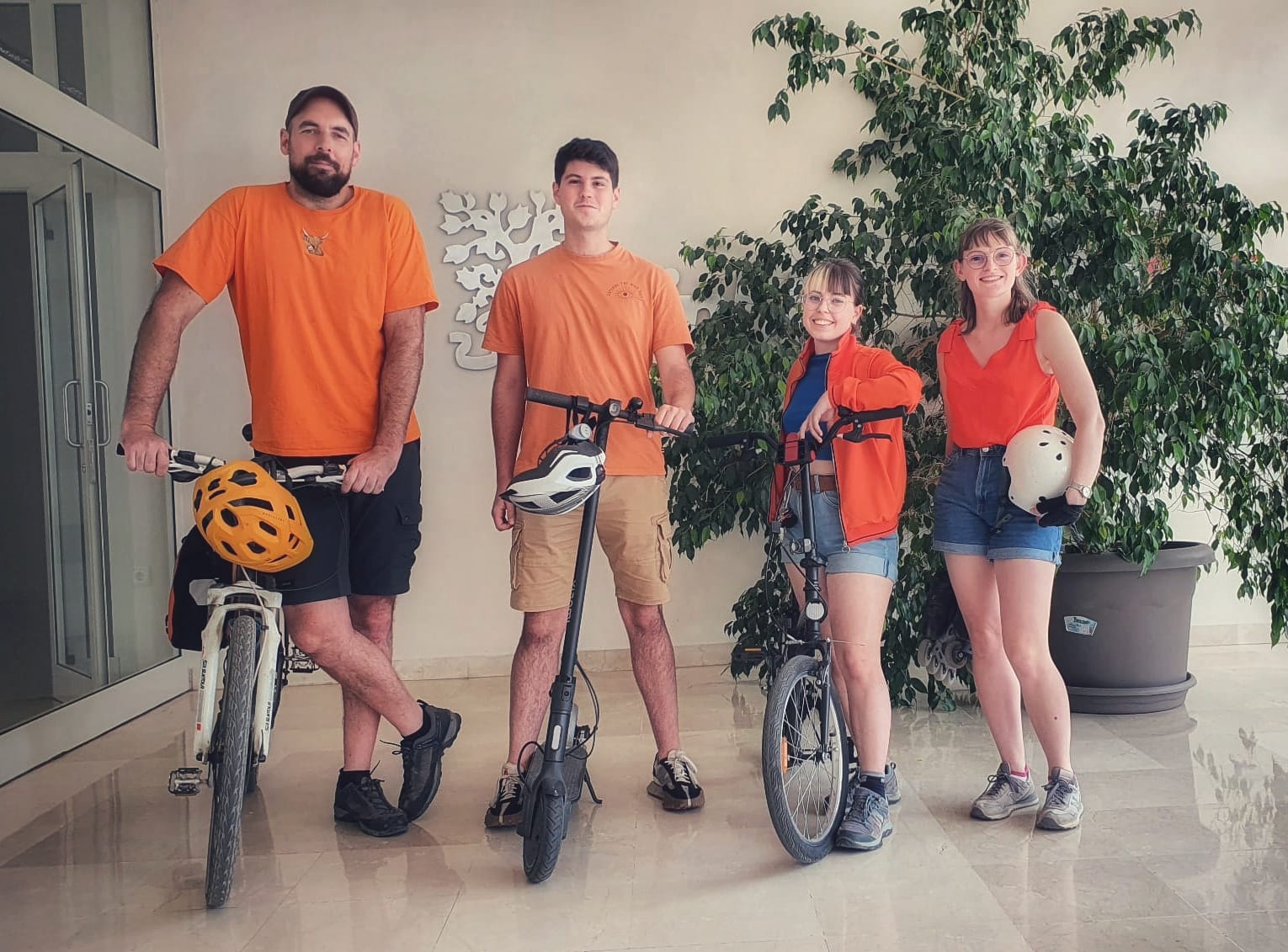
- Tipo de expresión:
- Doctorado: Propuesta de dirección de tesis doctoral/temática para solicitar ayuda predoctoral ("Hosting Offer o EoI")
- Ámbito:
- GENÉTICA MOLECULAR HUMANA - ESTABILIDAD Y EVOLUCIÓN DEL GENOMA
- Área:
- Vida
- Modalidad:
- Ayudas para contratos predoctorales para la formación de doctores (antiguas FPI)
- Referencia:
- 2023
- Centro o Instituto:
- INSTITUTO DE PARASITOLOGIA Y BIOMEDICINA LOPEZ NEYRA
- Investigador:
- FRANCISCO JOSE SANCHEZ LUQUE
- Palabras clave:
-
- Mobile Genetic Elements, Retrotransposon, LINE-1, RNA structure, Genome Safety, Stem Cells, Reprogramming, SHAPE-Seq, Antisense Oligonucleotides, Molecular Targets
- Documentos anexos:
- 605883.pdf
PRE2023-DNA MÓVIL HUMANO: GENÉTICA MOLECULAR Y DIANAS TERAPÉUTICAS-PID2022-143185NA-100
The human genome has been colonised along evolution by replicative sequences that undergo a constant leak of insertional mutagenesis and other deleterious effects, causing or contributing to spontaneous genetic disease, cancer and senescence among others. These sequences, known as transposable elements (TEs), account for ~50% of the human genome. Only few copies of the most recent TE family of the L1 retrotransposon remain replication-competent and transcribe into mRNAs that both encode the replicative machinery and serve as template for new copies. Their transcription is driven by an internal promoter within their 5’ untranslated region (UTR). As a defence mechanism, this region is target of epigenetic silencing as well as specific mRNA interceptors, which caused frequent adaptive changes along evolution and made it highly unique from the currently active copies. However, little is known about its structure and role in mRNA biology. The investigation here will address this gap of knowledge by using a combination of state-of-the-art techniques (SHAPE and Illumina NGS) to determine its structure, as well as molecular and cellular biology approaches to investigate the biological role of the different RNA domains in the L1 5’UTR and to explore their targeting by antisense oligonucleotides and derivates. Importantly, this investigation will be performed in relevant cellular models including established cancer cell lines and embryonic stem cell lines of human origin.
Additional information
Contact with this unit